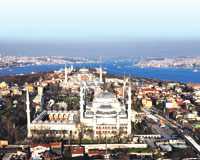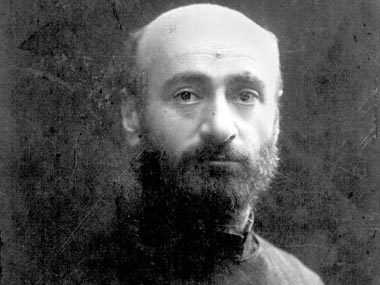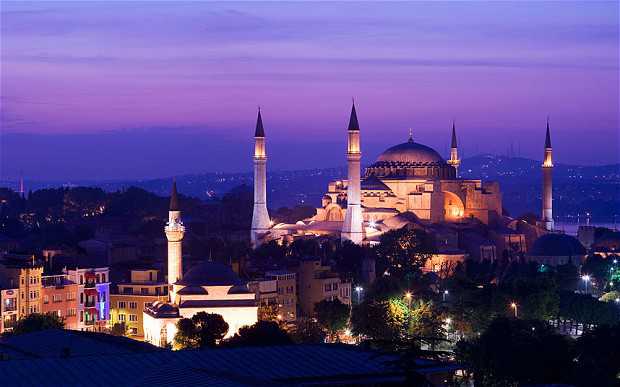By Jonathan Gorvett
Residents of Istanbul have never been known for hiding their wealth. From the days when Ottoman sultans would speed along the Bosporus in gold-leafed barges, crewed by hundreds of slaves, to today’s Porsches and Ferraris jamming the sclerotic streets of upmarket districts, life’s luxuries are very much there to be seen, shared and — if possible — parked outside the latest hip restaurant.
As a result, products that help display your good fortune by bearing an unmistakable trade-mark – Louis Vuitton, Dior, Yves Saint Laurent – are always popular. Even the president’s wife can often be seen sporting Christian Louboutin shoes, their distinctive red soles a visible testimony to power and success.
Yet this is not just boastfulness. Much of this show has to do with Turkish culture itself, which puts a high value on sharing. So, while the rich may be keen to invite you to a hip restaurant like Lucca in the Bebek district or Dukkan Steakhouse in Armutlu, it will be nearly impossible for you to pay your share of the bill, as your hosts fight it out with their golden credit cards.
Meanwhile, says Erin Zeynep Guler-Tuck, editor of Time Out Istanbul’s English-language edition, “since the culture demands that each person be aware of the other, it is important that a certain reputation be kept up, especially for members of high society.”
This reputation meant that even during the darkest moments of the economic recession, people kept partying. (Turkey has now returned to rip-roaring growth.)
“It was important for the upper classes to be out and about, so that people would not think their businesses were doing badly,” adds Guler-Tuck’s colleague, Cimen Uzsoy Gumusel, who edits Time Out Istanbul’s Turkish edition. “The only difference was that instead of ordering the finest foreign wines, they’d go for local spirits.”
These days, the luxury lifestyle in Istanbul still involves a great deal of going out. The higherclass areas to head for include Bebek, Nisantasi, Tesvikiye, Etiler, Ulus, Levent and Akaretler, all European-side venues in this city of two continents. The Bosporus, which splits the city in two, is also a social marker — the closer you are to it and the better your view, the higher your status.
After-parties in hotel penthouses at the new W in Akaretler or the Witt Istanbul Suites in Cihangir are a popular way to celebrate wealth, too, as are gatherings at villas on the Bosporus.
Interior décor and design have also become more important to the well-heeled, with custom- made products by Lab Istanbul and Derin Design. What to wear among this splendor can be solved by the Harvey Nichols store at Kanyon Mall, or by fashions from a clutch of up-andcoming Turkish designers, like Ozgur Masur, Zeynep Tosun and Umit Unal.
Luxury is also about buying time, which in Istanbul has to mean avoiding the horrendous traffic. One way to do this is to live where you work, go out and shop — the rationale behind some of the luxury all-in-one condo complexes on the edges of the city, such as Kemer Country. Yet, as the all-night traffic jams on the roads along the Bosporus testify, it is still also essential to put that Porsche down right outside the latest waterfront hotspot, sharing your success.
Jonathan Gorvett is a freelance writer based in Istanbul.






